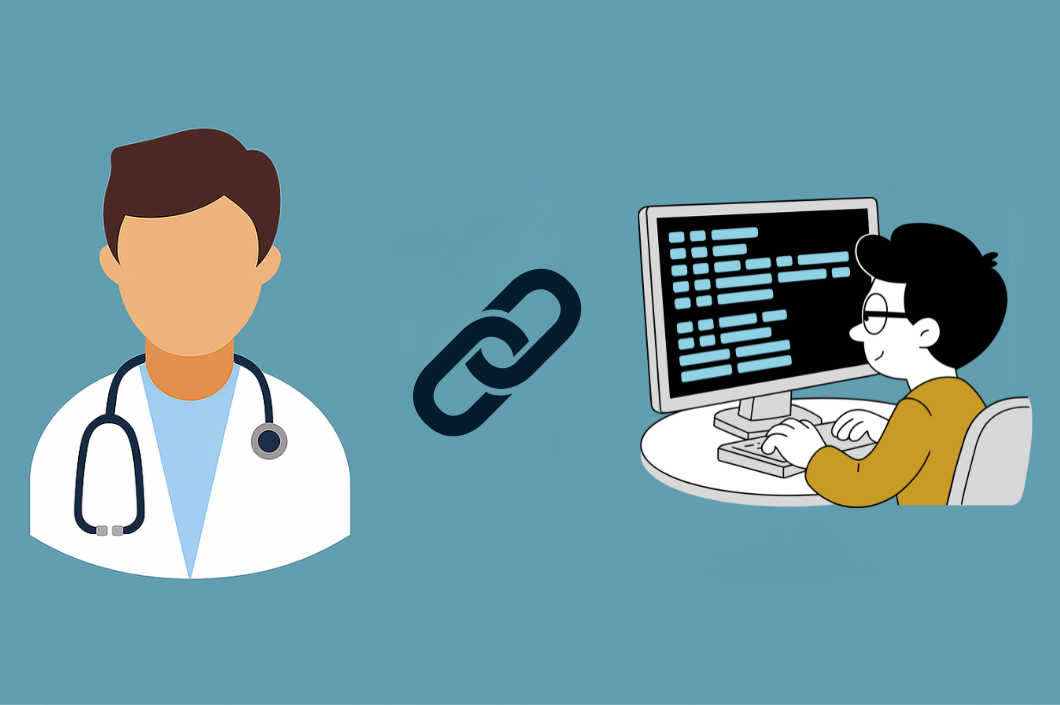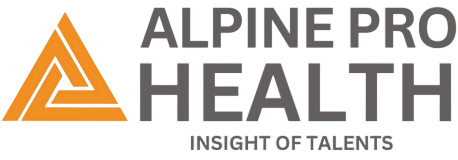In today’s evolving healthcare landscape, medical coding accuracy plays a critical role in ensuring hospitals and physician practices maintain compliance, reduce claim denials, and secure proper reimbursement. At the core of coding accuracy lies one essential factor: physician documentation.
When physicians document patient encounters clearly, comprehensively, and consistently, coders can assign the most accurate ICD-10, CPT, and HCPCS codes. This not only supports clinical care but also drives the financial health of the organization. Conversely, incomplete or vague documentation can lead to errors, compliance risks, and revenue leakage.
Why Physician Documentation Matters in Medical Coding?
Physician documentation is the foundation on which medical coding is built. Every diagnosis, procedure, and service must be supported by proper clinical notes to ensure accurate translation into codes.
Here’s why it matters:
- Supports accurate diagnosis coding – Specific documentation allows coders to capture the true complexity of a patient’s condition.
- Reduces denials and rework – Insufficient notes can cause payers to reject claims, leading to delays and financial loss.
- Ensures compliance – Complete documentation helps hospitals meet ICD-10, CPT, and HCPCS coding guidelines, reducing audit risks.
- Improves patient care continuity – Thorough documentation supports communication between care teams, enhancing clinical outcomes.
Without precise documentation, even the most skilled coders struggle to ensure accuracy.
The Challenges Linking Documentation and Coding
While the importance of physician documentation is well understood, maintaining accuracy in real-world practice comes with challenges:
- Time constraints for physicians – Doctors often juggle patient care and administrative tasks, leading to rushed or incomplete notes.
- Vague descriptions – Phrases like “possible,” “rule out,” or “likely” create ambiguity for coders.
- Lack of training – Many physicians are not trained on how documentation directly impacts Revenue Cycle Management.
- EHR limitations – Electronic Health Records sometimes allow auto-populated or copy-paste entries, which may create inconsistencies.
- Changing coding guidelines – Frequent updates in ICD-10 and CPT make it harder for physicians to align documentation with current coding standards.
These issues contribute to claim denials, compliance risks, and missed reimbursement opportunities.
The Role of Clinical Documentation Integrity (CDI)
Clinical Documentation Integrity (CDI) programs bridge the gap between physicians and coders. A strong CDI program ensures:
- Clarity – Encourages physicians to use precise terminology.
- Completeness – Ensures all comorbidities, procedures, and patient conditions are captured.
- Compliance – Aligns documentation with Medicare, Medicaid, and commercial payer requirements.
- Collaboration – Brings coders, CDI Coding specialists, and providers together to maintain documentation standards.
Hospitals with effective CDI programs experience improved coding accuracy, fewer denials, and stronger financial performance.
How Physician Documentation Affects Coding Accuracy?
Let’s break down some direct links between documentation quality and coding accuracy:
1. Specificity of Diagnoses
A note stating “pneumonia” is less valuable than “bacterial pneumonia due to Streptococcus.” The latter allows coders to assign a more accurate ICD-10 code, which reflects the severity of the illness.
2. Detailed Procedures
Instead of “cardiac procedure performed,” detailed documentation such as “left heart catheterization with coronary angiography” ensures coders apply the correct CPT codes.
3. Chronic Condition Capture
If a physician fails to document chronic comorbidities like diabetes or hypertension, coders may miss HCCs, directly affecting risk adjustment scores and reimbursements.
4. Clear Post-Operative Notes
Accurate operative and post-operative notes reduce the chances of coding errors, compliance violations, or claim denials.
5. Alignment with Coding Guidelines
Physician notes that align with ICD-10-CM and CPT guidelines empower coders to avoid assumptions and assign compliant codes.
Best Practices to Strengthen the Link Between Documentation and Coding
To maximize accuracy and minimize revenue leakage, healthcare organizations can adopt these best practices:
- Physician Education
Regular training sessions on documentation best practices ensure providers understand how their notes affect coding, compliance, and reimbursement. - CDI Programs
Establishing strong Clinical Documentation Integrity programs fosters collaboration between physicians and coders. - Real-Time Queries
Allow coders to clarify ambiguous notes by querying physicians promptly, ensuring accurate coding before claim submission. - Leverage Technology
Use AI-enabled coding tools and natural language processing (NLP) to flag incomplete or vague documentation. - Audit and Feedback
Conduct routine coding and documentation audits and provide feedback to physicians, creating a cycle of continuous improvement.
The Financial Impact of Accurate Documentation
Accurate physician documentation does more than improve coding; it directly influences the hospital’s bottom line.
- Fewer denials – Cleaner claims mean reduced rework and faster payments.
- Higher reimbursements – Complete documentation ensures full recognition of patient complexity, leading to proper reimbursement.
- Reduced compliance risks – Accurate coding prevents penalties from audits.
- Optimized performance metrics – Quality reporting programs like MIPS and HEDIS rely heavily on documentation accuracy.
Hospitals that prioritize documentation see measurable improvements in cash flow and revenue integrity.
Future Outlook: AI and Documentation Improvement
As healthcare embraces AI, documentation improvement is entering a new era. AI-driven tools can:
- Analyze physician notes for missing details.
- Suggest more specific terminology.
- Automate queries for unclear documentation.
- Reduce administrative burden on physicians.
While AI cannot replace clinical judgment, it enhances efficiency and helps bridge gaps between physician documentation and coding accuracy.
Conclusion
The connection between physician documentation and coding accuracy is undeniable. Without complete, specific, and compliant documentation, accuracy suffers leading to denials, revenue leakage, and compliance risks. By strengthening CDI programs, educating physicians, leveraging technology, and promoting collaboration, healthcare organizations can ensure better outcomes for both patients and providers.
Ultimately, accurate physician documentation is not just about coding it is about sustaining financial stability, reducing risks, and improving care delivery.


